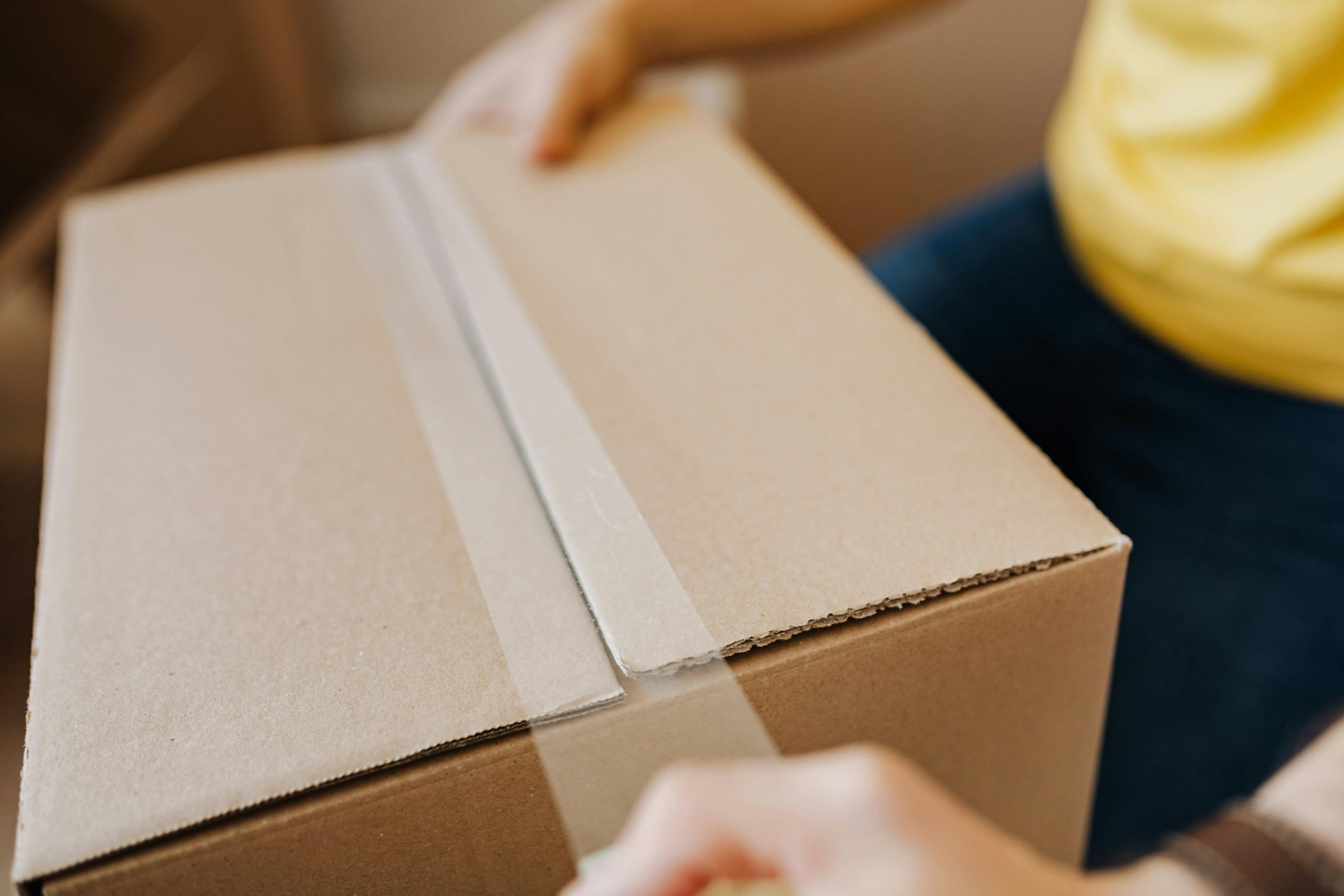Seeking Guidance for Creating Personal Content for Homeowners and Business Insurance
I recently experienced a devastating house fire, and unfortunately, my insurance isn’t enough to cover the full cost of rebuilding. It’s been a challenging process, especially as I had no idea about the expenses involved until the disaster struck.
In my effort to save as much as possible for the rebuild, I’m tackling everything on my own. However, I’m finding the task of compiling content to be far more time-consuming than I had anticipated.
I’d love to hear your suggestions for easing this workload. I know professionals often use software to upload their 3D footage, and many insurance companies provide bundled services that include cleanup and reconstruction. However, hiring these services would mean that any potential funds I could receive would go directly to them.
I believe I can handle the cleanup on my own at a much lower cost. Any tips or resources you can share would be greatly appreciated!




I’m really sorry to hear about the loss of your home; that’s an incredibly tough situation to be in. It’s great that you’re proactive about managing the rebuild and finding ways to save. Here are some suggestions to help you with the workload and streamline the process of documenting personal content for your insurance claim:
Create a Detailed Inventory List: Start with a simple spreadsheet or a mobile app to list all items in each room. Include brand names, purchase dates, and estimated values. You can find templates online specifically designed for this purpose.
Photographic Evidence: Take clear photos of the remaining items you have, as well as areas in your home that were damaged. This could help with your claim and is a crucial part of your documentation.
Use Mobile Apps: Apps like Sortly, Encircle, or Home Inventory allow you to scan barcodes and quickly add items to your inventory. This can simplify tracking and organizing your belongings.
Video Documentation: Consider doing a walkthrough video of the damage and remaining items. This captures a lot of information quickly and can supplement your written inventory.
Prioritize Items: Focus on high-value items first, such as electronics, furniture, and collectibles. Once those are documented, you can move on to less valuable content.
Seek Local Resources: Reach out to local community organizations or nonprofits that may provide support after a disaster. They might have resources or volunteers who can assist with cleanup or documentation.
Consult Experts for Advice: If you can, speak with a public adjuster or an insurance claims consultant, even if you don’t hire them. They can provide valuable insights into what your policy covers and how to maximize your claim.
Consider a Digital Storage Solution: Use cloud storage solutions like Google Drive or Dropbox to keep all your documentation, receipts, and photos in one easily accessible place.
Network with Others: Join local support groups or online forums for disaster recovery. Other homeowners might share their experiences and tips that can be helpful.
Set a Schedule: Break down your tasks into manageable chunks. Allocate specific times each day or week to work on the inventory to avoid feeling overwhelmed.
Remember, it’s important to take care of yourself during this stressful time. Don’t hesitate to ask for help from friends or family. They might be able to assist you with organizing or documenting, making the process a bit less daunting. Good luck with your rebuilding process!